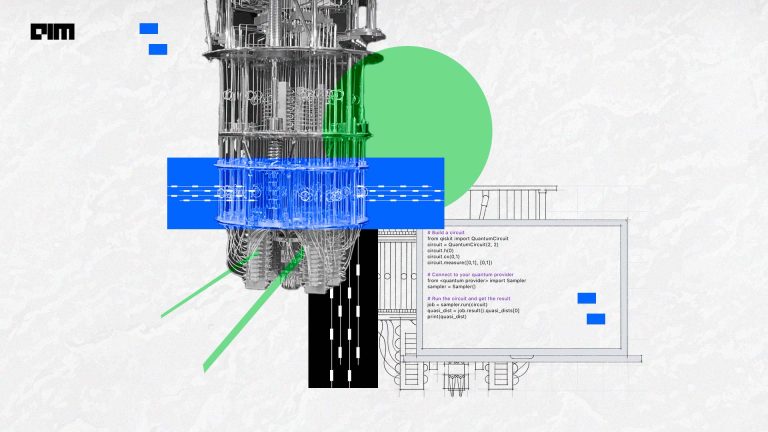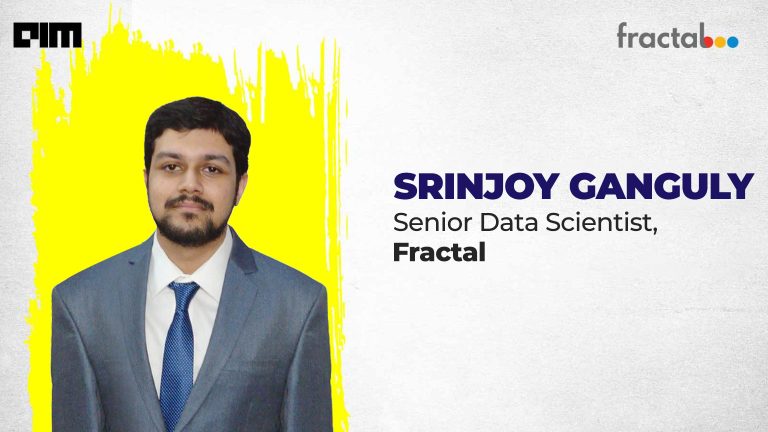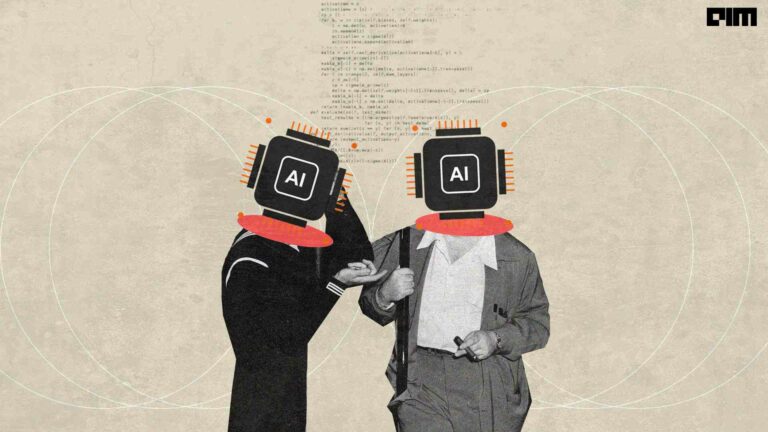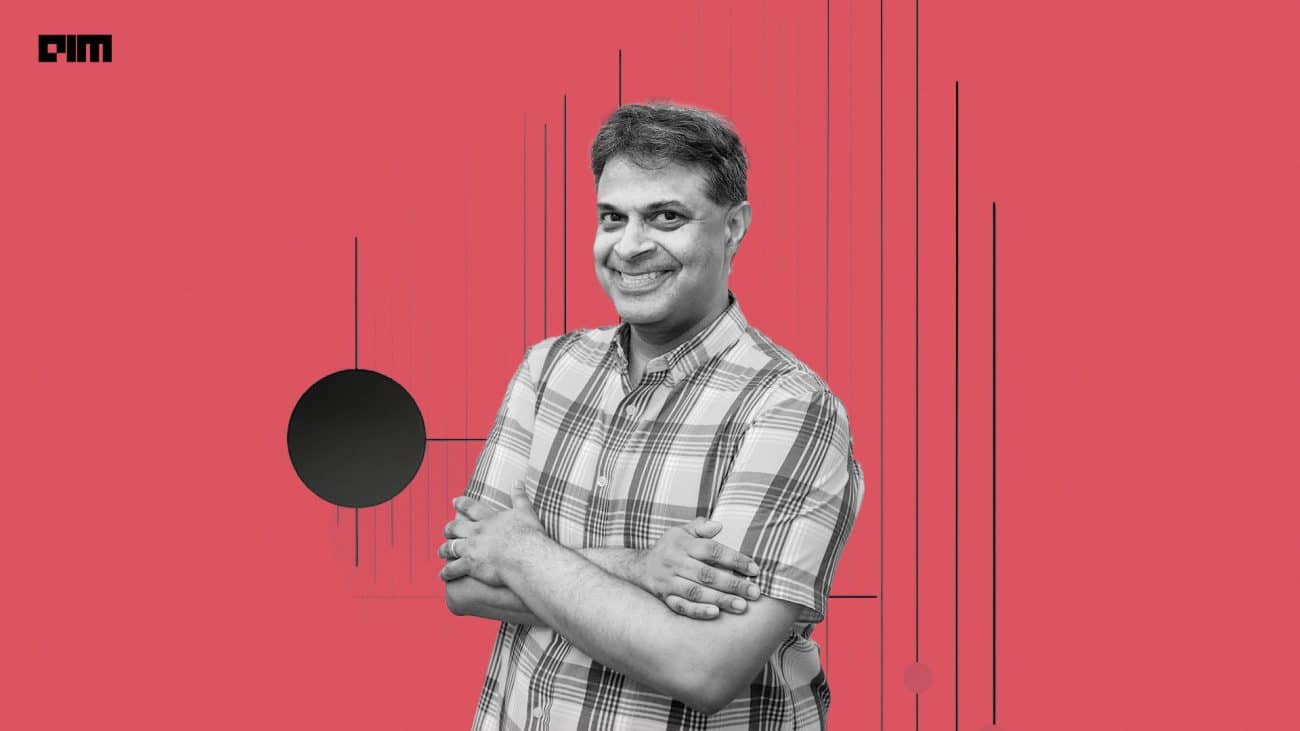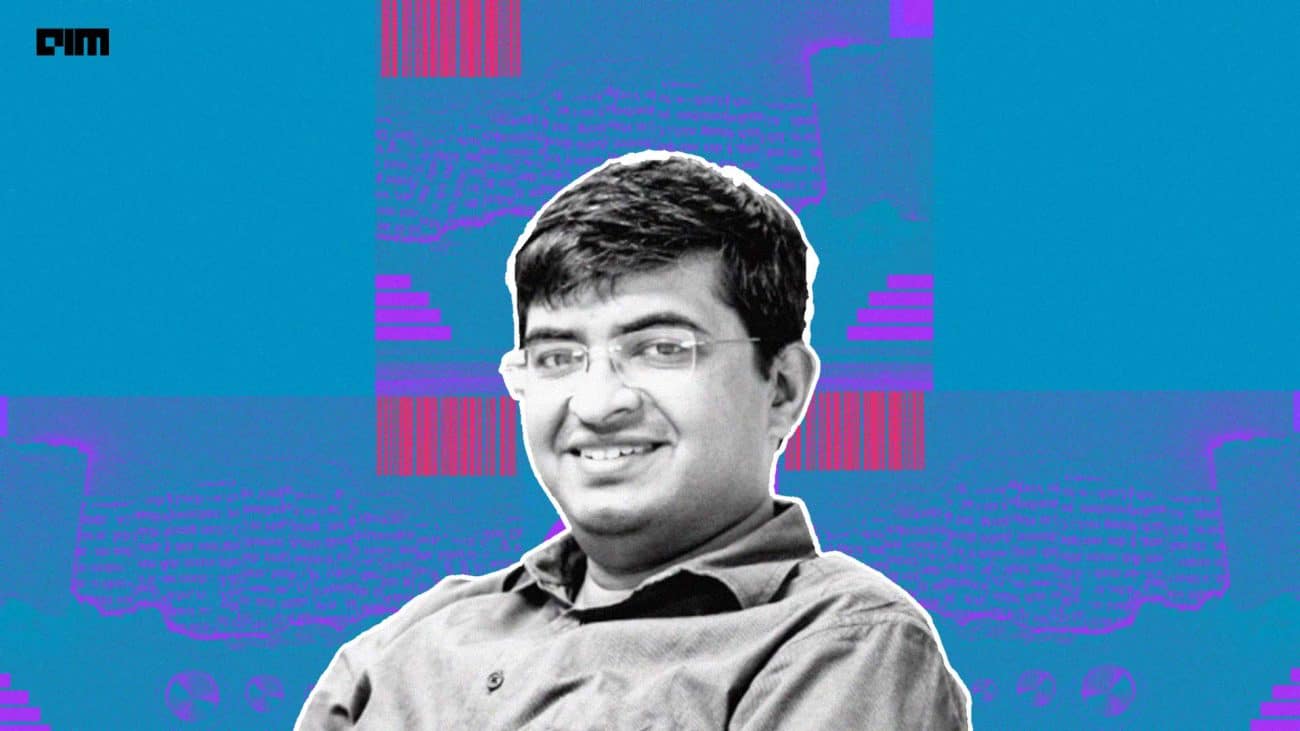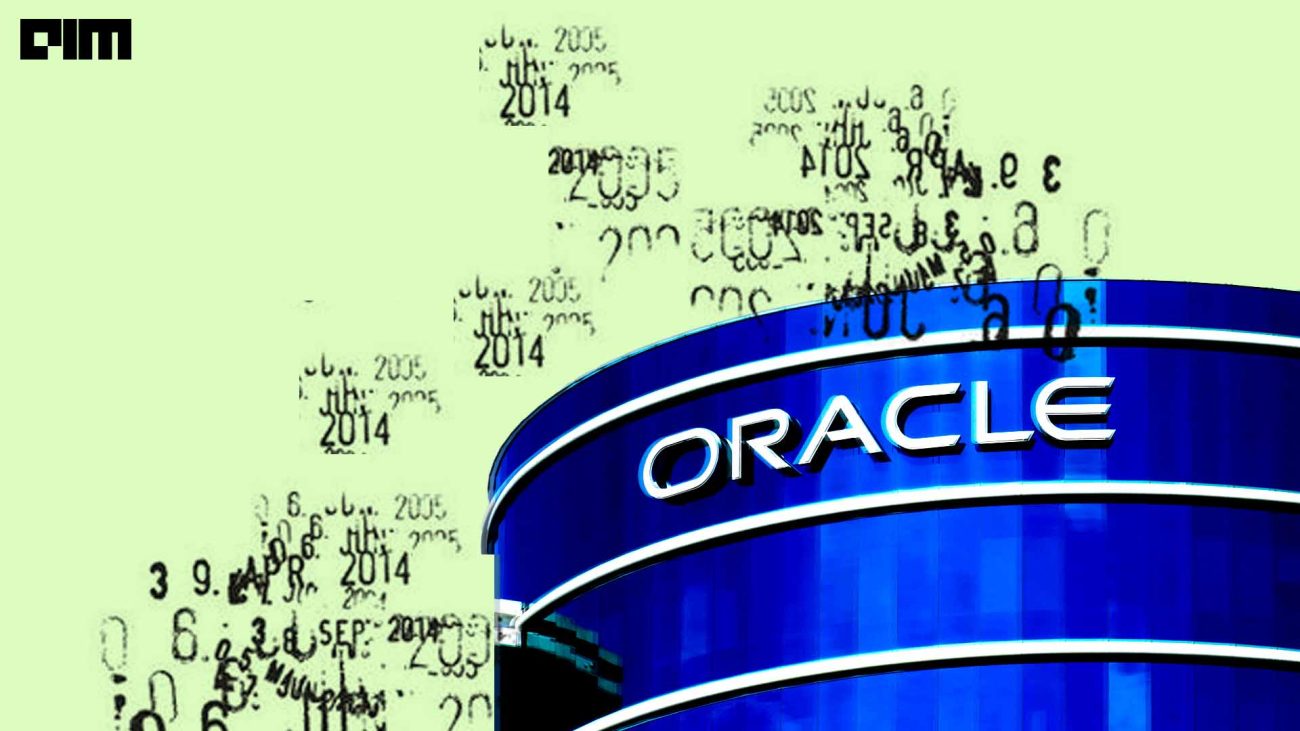Scientists at the Freie Universität Berlin have come up with an AI-based solution for calculating the ground state of the Schrödinger equation in quantum chemistry.
The Schrödinger’s equation is primarily used to predict the chemical and physical properties of a molecule based on the arrangement of its atoms. The equation helps determine where the electrons and nuclei of a molecule are and under a given set of conditions what their energies are.
The equation has the same central importance as Newton’s law motion, which can predict an object’s position at a particular moment, but in quantum mechanics – that is in atoms or subatomic particles.
The article describes how the neural network developed by the scientists at the Freie Universität Berlin brings more accuracy in solving the Schrödinger’s equation and what does this mean for the future.
AI Brings More Accuracy To The Equation
In principle, the Schrödinger’s equation can be solved to predict the exact location of atoms or subatomic particles in a molecule, but in practice, this is extremely difficult since it involves a lot of approximation.
Central to the equation is a mathematical object, a wave function that specifies electrons’ behaviour in a molecule. But the high dimensionality of the wave function makes it extremely difficult to find out how electrons affect each other. Thus the most you get from the mathematical representations is a probabilistic account of it and not exact answers.
This limits the accuracy with which we can find properties of a molecule like the configuration, conformation, size, and shape, which can help define the wave function. The process becomes so complex that it becomes impossible to implement the equation beyond a few atoms.
Replacing the mathematical building blocks, the scientists at Freie Universität Berlin came up with a deep neural network that is capable of learning the complex patterns of how electrons are located around the nuclei.
The scientists developed a Deep Neural Networks (DNN) model, PauliNet, that has several advantages over conventional methods to study quantum systems like the Quantum Monte Carlo or other classical quantum chemistry methods.
The DNN model developed by these scientists is highly flexible and allows for a variational approach that can aid accurate calculation of electronic properties beyond the electronic energies.
Secondly, it also helps the easy calculation of many-body and more-complex correlation with fewer determinants, reducing the need for higher computation power. The model mainly helped solve a major tradeoff issue between accuracy and computational cost, often faced while solving the Schrodinger equation.
The model can also calculate the local energy of heavy nuclei like heavy metals without using pseudo-potentials or approximations.
Lastly, the model developed in the study has anti-symmetry functions and other principles crucial to electronic wave functions integrated into the DNN model, rather than let the model learn. Thus, building fundamental physics in the model has helped it make meaningful and accurate predictions.
AI Helps Science
In recent years, artificial intelligence has helped solve many scientific problems that otherwise seemed impossible using traditional methods.
AI has become instrumental in anticipating the results of experiments or simulations of quantum systems, especially due to its science’s complex nature. In 2018, reinforcement learning was used to design new quantum experiments in automated laboratories autonomously.
Recent efforts by the University of Warwick and another IBM and DeepMind have also tried to solve the Schrödinger’s equation. However, PauliNet, with its greater accuracy of solving the equation now, presents us with a potential to use it in many real-life applications.
Understanding molecules’ composition can help accelerate drug-discovery, which earlier was difficult due to the approximations to understand its properties.
Similarly, it could also help discover several other elements or metamaterials like new catalysts, industrial chemical applications, new pesticides, among others. It can be used in characterising molecules that are synthesised in laboratories.
Several academic and commercial software use Schrödinger’s equation at the core but are based on applications. The accuracy of this software will improve. Quantum computing in itself is based on quantum phenomena of superposition and is made up of qubits that take advantage of the principle. Quantum computing performance will improve as qubits will be able to be measured faster.
Wrapping Up
While the current study has come up with a faster, cheaper, and accurate solution, there are many challenges to overcome before it is industry-ready.
However, once it is ready, the world will witness many applications as a result of greater accuracy in solving Schrödinger’s equation.







